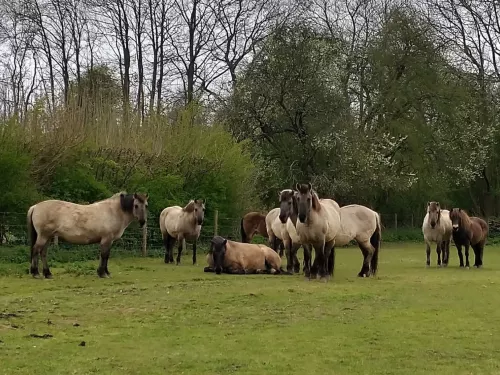
Voldemort's herd
Head of the herd is Voldemort, a dark lord of horses...
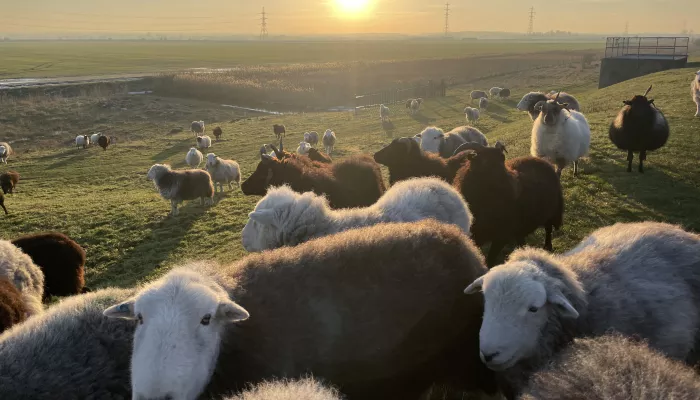
Living their best life surrounded by lots of grass.
Our youngest and fittest sheep work hard for us, clearing weeds and brambles on steep slopes, having lambs and being out in all weathers on public sites.
Once they get a bit older and the first touches of arthritis begin to creep in, climbing the castle ramparts at Dover isn’t so easy any more. Their teeth also become worn and eating scrub is trickier. At this point, our sheep get a second chance on sites like South Swale.
Here the ground is flat, there are areas sheltered from the wind and there is lots of grass (they don’t have to go far to find food). Often our most loved sheep end up here: those that we have worked with for 10 years or more; the friendly, confident ones who have helped us lead groups on other sites; the characters who love a head scratch or a giving you a gentle head butt. They deserve to laze in the sun and enjoy the quiet life.
Sheep grazing at this site is not just about creating the right conditions for birds to feed and nest. This site is part of the Environment Agency's (EA) flood defense. Grazing makes the grass ‘tiller’ – spread out sideways and grow thicker. This makes the turf knit together and protects it from erosion and damage much more effectively than a once or twice yearly cut by humans would.
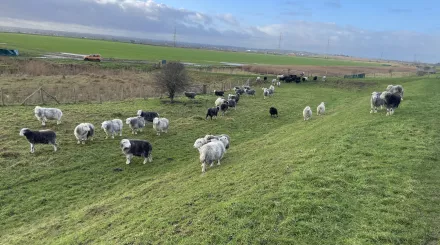

Head of the herd is Voldemort, a dark lord of horses...
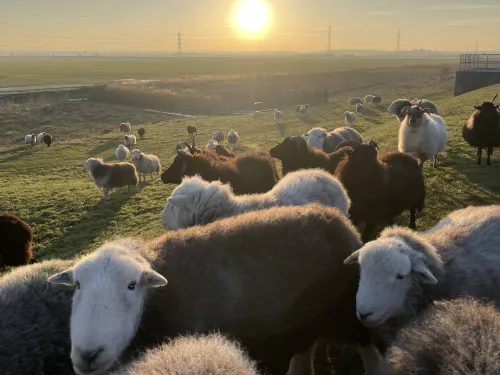
Living their best life surrounded by lots of grass.
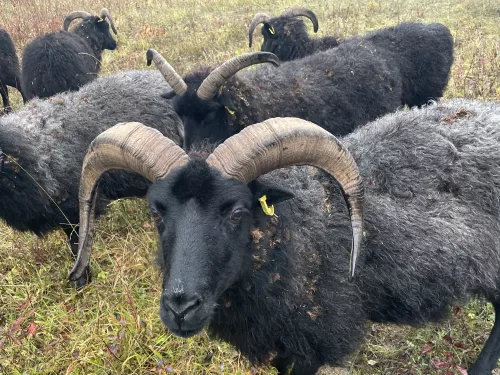
This lovable clan migrate around several reserves throughout the year led by their leader, Skittles.